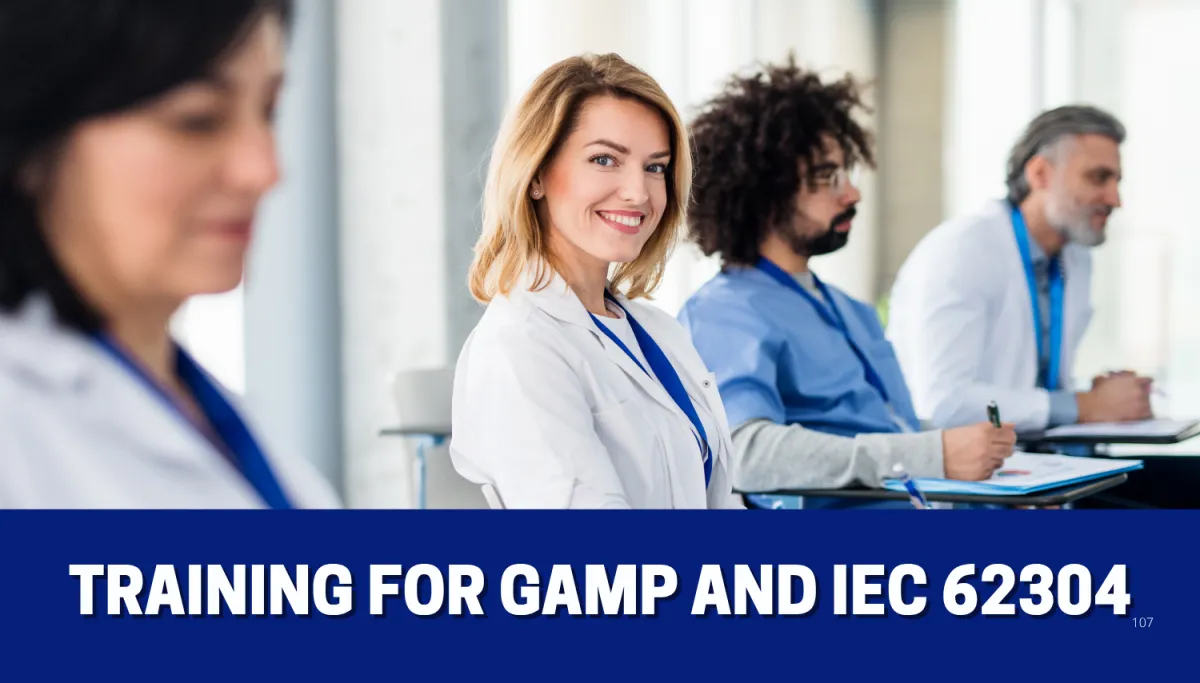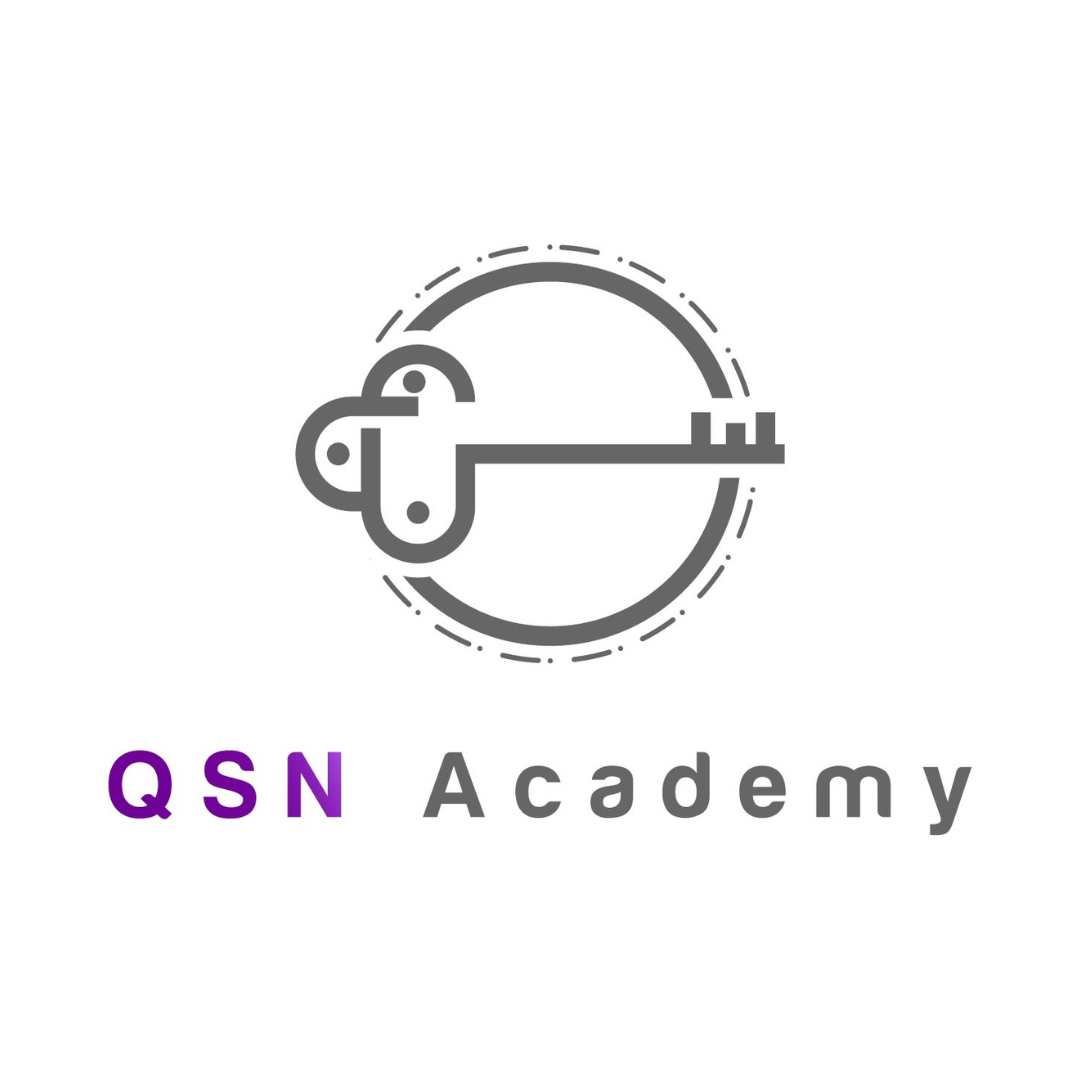
Training for GAMP and IEC 62304
Introduction
The development and maintenance of medical device software require adherence to stringent quality and regulatory standards. Two critical frameworks in this domain are GAMP (Good Automated Manufacturing Practice) and IEC 62304. While GAMP provides guidance for the development and validation of automated systems in regulated industries, IEC 62304 focuses specifically on the lifecycle requirements for medical device software. For therapeutic goods manufacturers, biotechnology companies, and testing laboratories, training in these standards is essential to ensure software reliability, patient safety, and regulatory compliance.
QSN Academy now offers specialised training in GAMP and IEC 62304, designed to equip professionals with the knowledge and skills necessary to implement these standards effectively in their organisations. This article explores the importance of this training, the content covered, and the benefits for organisations seeking regulatory and operational excellence.
Overview of GAMP
GAMP is a risk-based framework for validating automated systems in pharmaceutical, biotechnology, and medical device manufacturing. Developed by the International Society for Pharmaceutical Engineering (ISPE), GAMP provides structured guidance on system lifecycle management, including specification, development, testing, and maintenance.
GAMP classifies software into categories such as:
Category 1: Infrastructure software (e.g., operating systems)
Category 3: Non-configurable software packages
Category 4: Configurable software packages
Category 5: Custom-developed software
Training in GAMP focuses on applying a risk-based approach to software validation, allowing participants to allocate effort proportionally to system criticality. Key training topics include functional requirements specification, traceability, validation planning, and regulatory documentation.
Overview of IEC 62304
IEC 62304 is an international standard specifying lifecycle requirements for medical device software. Recognised by regulators including the FDA and the European Union Medical Device Regulation (EU MDR), it defines processes for software development, maintenance, risk management, and configuration control.
IEC 62304 classifies software into safety classes (A, B, or C) based on potential risk to patients or users:
Class A: No injury or damage possible
Class B: Non-serious injury possible
Class C: Death or serious injury possible
Training in IEC 62304 covers requirements for software development, verification, validation, and post-market maintenance. Participants learn to produce compliant documentation, manage software risk, and integrate these processes with quality management systems such as ISO 13485.
Complementary Nature of Training
While GAMP provides overarching guidance for validating automated systems, IEC 62304 addresses the software-specific lifecycle of medical devices. Training in both frameworks enables participants to understand the relationship between system validation and software development, ensuring that organisations can comply with regulatory requirements comprehensively.
Through structured training, participants learn to:
Apply a risk-based approach to software development and system validation
Classify software according to IEC 62304 safety levels
Develop and maintain Software Development Plans (SDP) and Software Configuration Management Plans (SCMP)
Create traceable documentation linking requirements, testing, and verification
Integrate software risk management into ISO 14971 and ISO 13485 frameworks
Practical Implementation Through Training
QSN Academy’s training programs use real-world examples and case studies to ensure participants can apply GAMP and IEC 62304 principles effectively. Key elements of the training include:
Risk-Based Validation Exercises: Hands-on exercises demonstrate how to prioritise validation effort based on system or software risk classification.
Documentation Workshops: Participants draft sample Software Requirements Specifications (SRS), Software Architecture Designs, and Verification Plans, reinforcing best practices.
Lifecycle Management Scenarios: Training covers full software lifecycle, including maintenance, change control, and post-market surveillance.
Integration with Quality Systems: Participants learn to align software processes with organisational QMS, ISO 13485 requirements, and risk management practices.
Target Audience
The training is designed for professionals involved in medical device software and system development, including:
Quality and compliance managers responsible for QMS implementation
Software engineers and developers creating device software
Production and operations staff managing automated systems
Regulatory affairs specialists preparing software documentation for submissions
R&D teams developing new medical technologies
The program is particularly beneficial for organisations transitioning into medical device production, where establishing compliant software and system processes from the outset is critical.
Benefits of GAMP and IEC 62304 Training
Participation in QSN Academy’s training offers multiple benefits:
Enhanced Competence: Teams gain confidence in applying software and system validation standards correctly.
Regulatory Readiness: Training prepares participants for ISO 13485 audits, notified body inspections, and other regulatory evaluations.
Operational Efficiency: A risk-based approach reduces errors, software failures, and nonconformities.
Documented Compliance: Participants learn to produce traceable, structured documentation that meets regulatory expectations.
Applied Learning: Hands-on exercises and case studies enable immediate practical application in participants’ organisations.
Conclusion
Training in GAMP and IEC 62304 is essential for any organisation involved in medical device software development and automated systems. By equipping teams with knowledge of system validation, software lifecycle requirements, and risk-based management, organisations can achieve regulatory compliance, enhance patient safety, and maintain operational efficiency.
QSN Academy’s program provides scientifically grounded, practical instruction tailored to the needs of therapeutic goods manufacturers, biotechnology companies, and testing laboratories. Investing in this training ensures that staff are competent, confident, and capable of implementing GAMP and IEC 62304 principles effectively, supporting safe, compliant, and high-quality medical device software.
